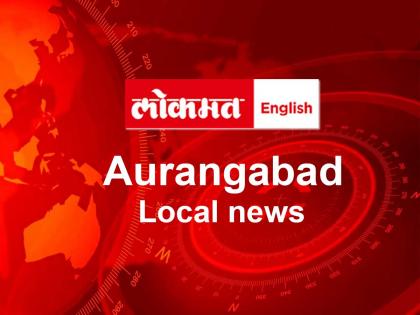Avifauna of Jayakwadi Bird Sanctuary in danger!
By Lokmat English Desk | Published: January 23, 2023 06:55 PM2023-01-23T18:55:02+5:302023-01-23T18:55:02+5:30
Second phase of bird count in February? Rafique Aziz Aurangabad: Believe it or not, the growing pollution levels in ...

Avifauna of Jayakwadi Bird Sanctuary in danger!
Second phase of bird count in February?
Rafique Aziz
Aurangabad:
Believe it or not, the growing pollution levels in Nath Sagar (Jayakwadi Dam) due to industrial waste, pesticides and fertilisers are considered important reasons for the drop in the arrivals of migratory (foreign and domestic) birds in the Jayakwadi Bird Sanctuary, this year.
The decline in the arrival has become a matter of grave concern for wildlife authorities and experts. The other threats include agriculture along dry margins, eutrophication, and blooms of surface water. However, the experts squarely blame authorities for their lethargy in performing their duties during the whole year.
The divisional forest officer (Wildlife Division) M B Naikwadi said, “The Asian Waterbird Census (AWC) was held on January 15. The sanctuary is spread in Aurangabad and Ahmednagar districts. The count of birds was done through 25 places and we spotted arrivals of 25,000 birds of 86 different species including Greater Flamingos, Ruddy Shelducks, Tufted Ducks, Northern Shovelers, Garganeys, and River Terns. The task was performed by forest officials, bird watchers, and enthusiasts under the expert guidance of the Bombay Natural History Society (BHNS).”
The wildlife warden and an expert Dr Kishore Pathak stressed, “The decline in the migratory (foreign and domestic) birds is a dangerous sign. The growing pollution in Nath Sagar and wetland farming in the vicinity of the sanctuary are its main causes. The sewage waste of 61 villages from the Aurangabad, Ahmednagar, and Nasik districts is released into the dam. Adding to the woes, pesticide usage in wetland farming is rampant. The use of fishing nets with thermocol by fishermen discourages birds from descending on the surface water and finding their feed. The rise in the cutting of trees from the banks of the water reservoir also pushes the birds into stress as trees are their resting places. Regular patrolling by officials concerned in boats will help reduce the growing threat of pollution and other unpermitted activities in the sanctuary. The rise in sound pollution due to the construction of jack wells, and coffer dams is also the reason for the decline in the birds.”
According to sources, “The forest officials had mentioned the threats due to industrial waste, fertilizers, pesticides, wetland farming, etc in the specific columns. They also mentioned obstructions like cattle grazing and straying of animals. The DFO authorities believe that the availability of other water bodies on the way of the migration journey could be the reason for the decline in migratory birds at the sanctuary, which is one of their preferred destinations. Hence the DFO will have to implement the second phase of the bird count in February and hope to increase the arrival of migratory birds. The figure is dwindling gradually over the past couple of years due to the growth in pollution in the water body. Earlier, the BNHS experts had also mentioned the threats to the sanctuary and the migratory birds in their research.”
Open in app